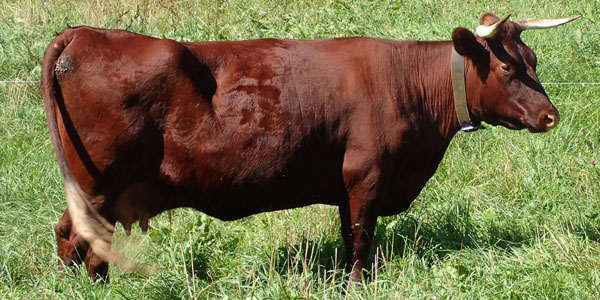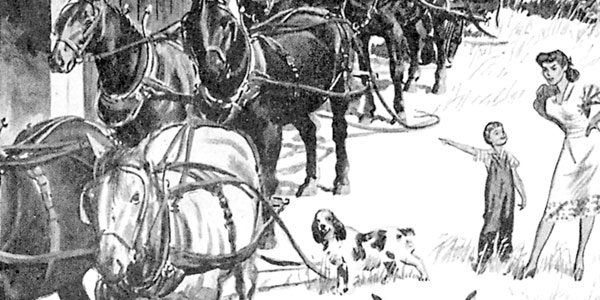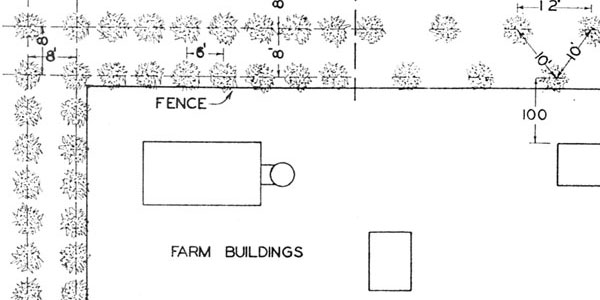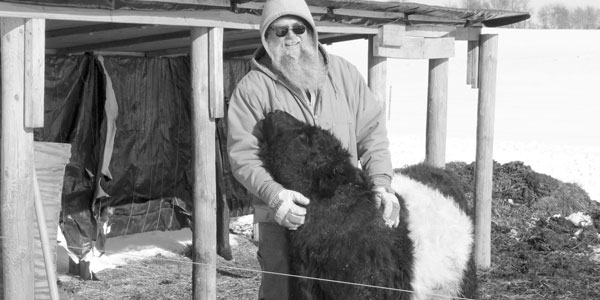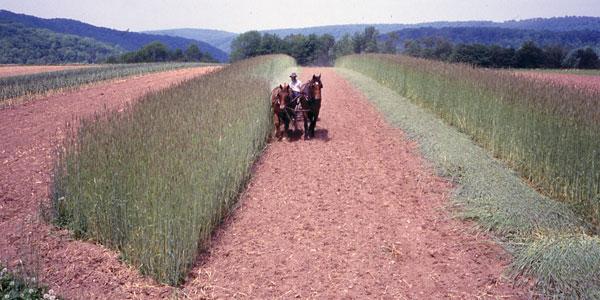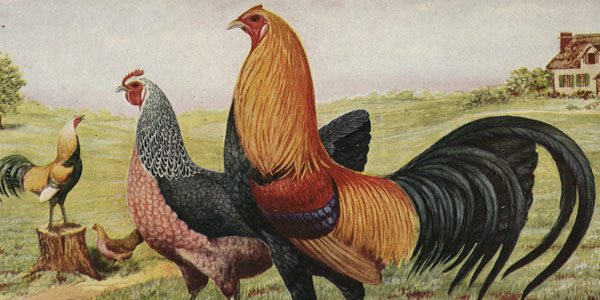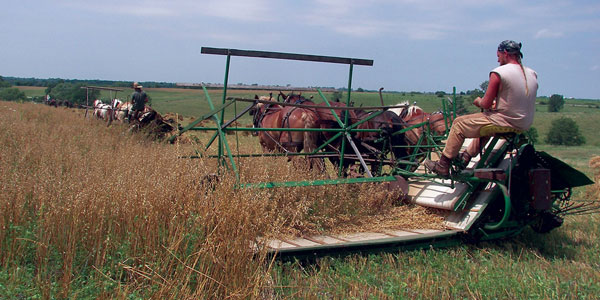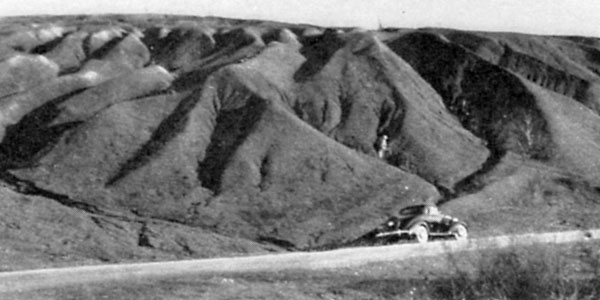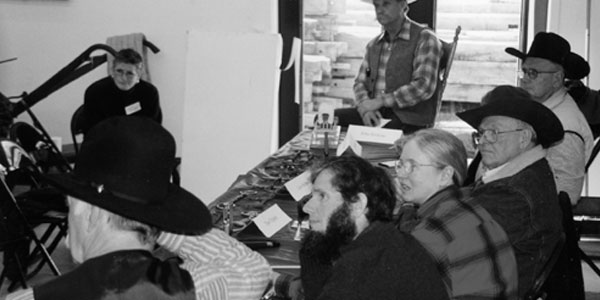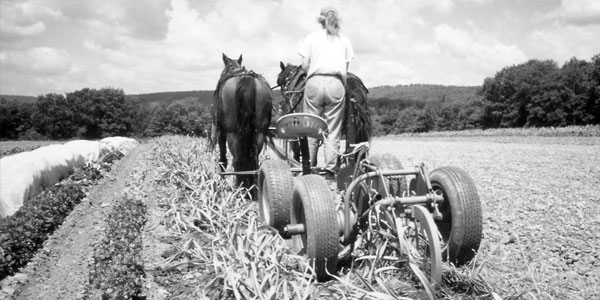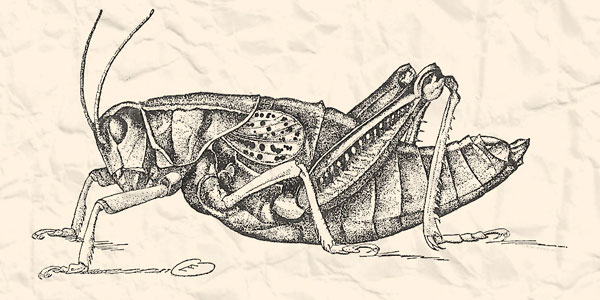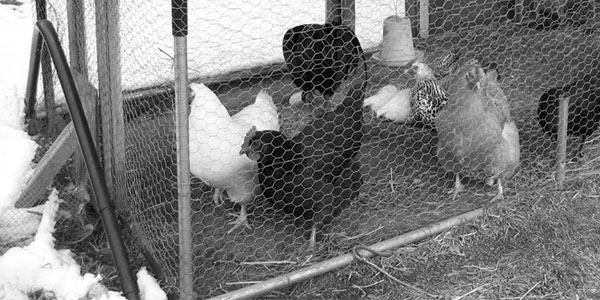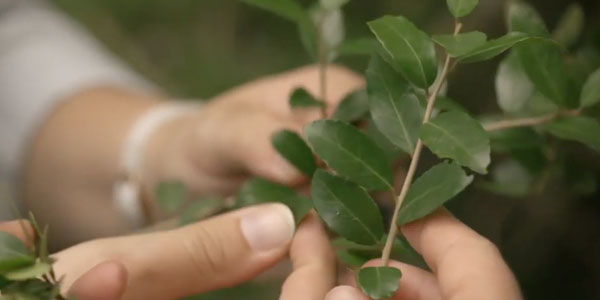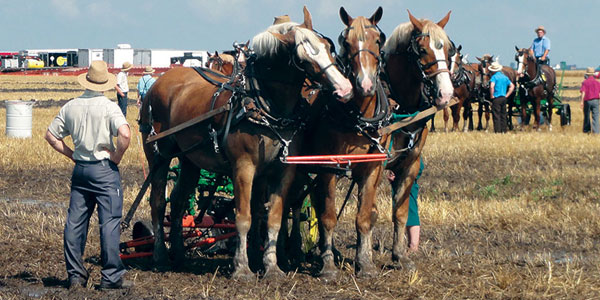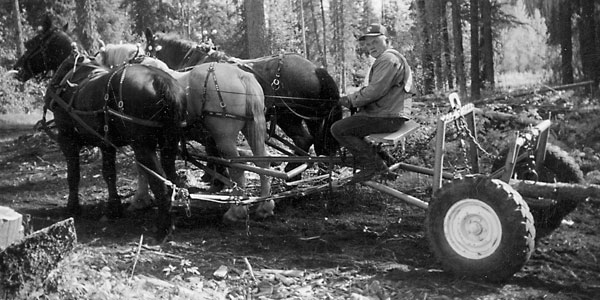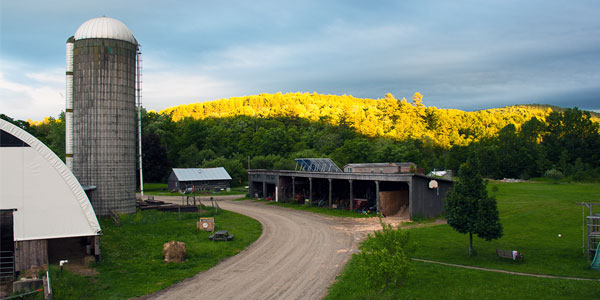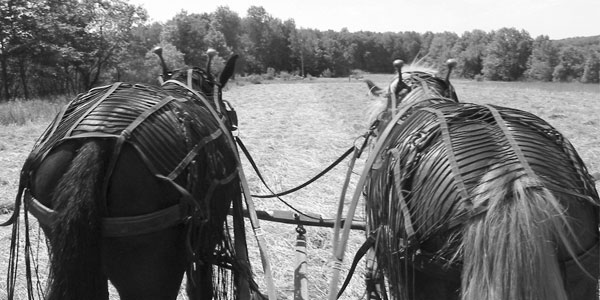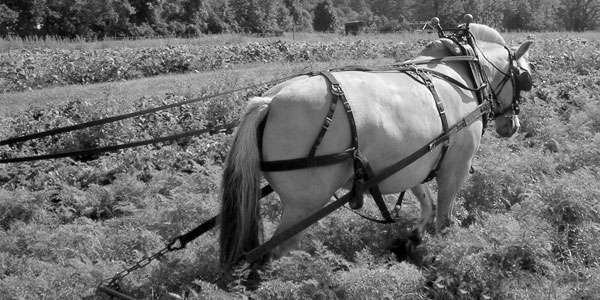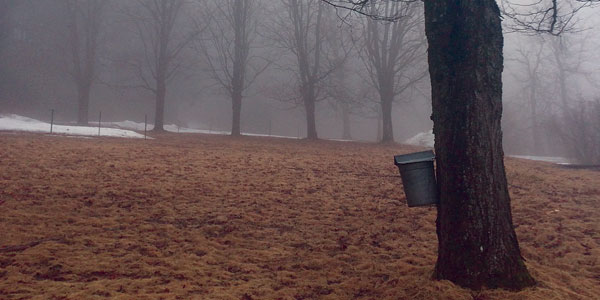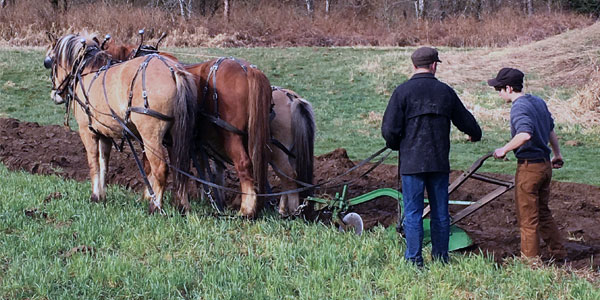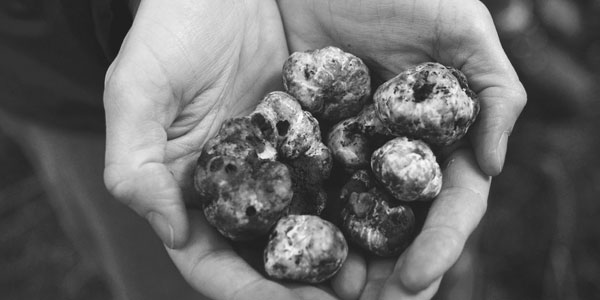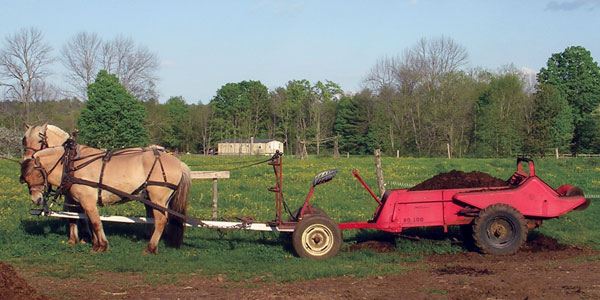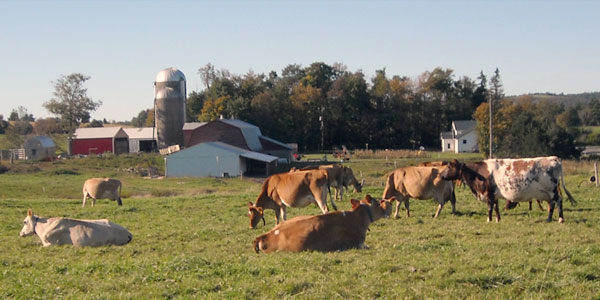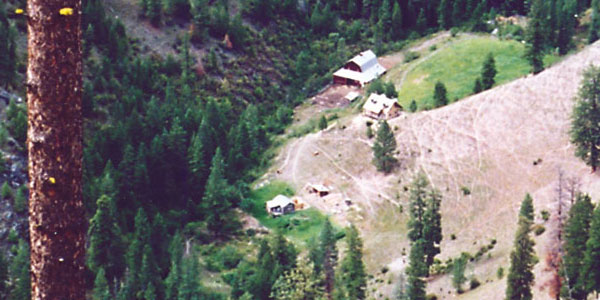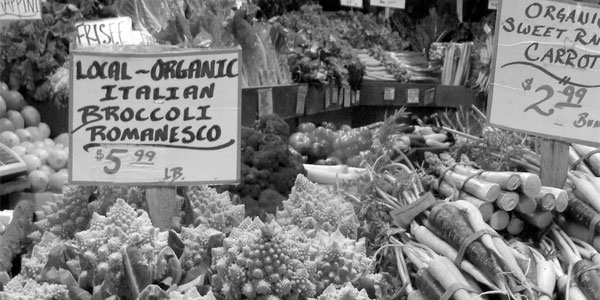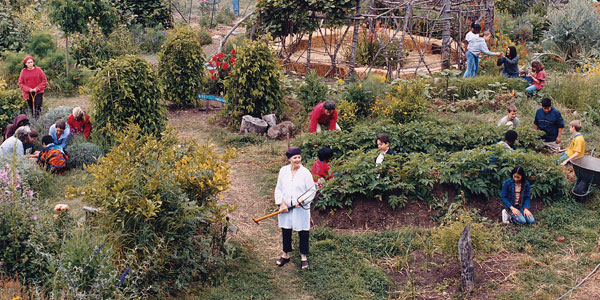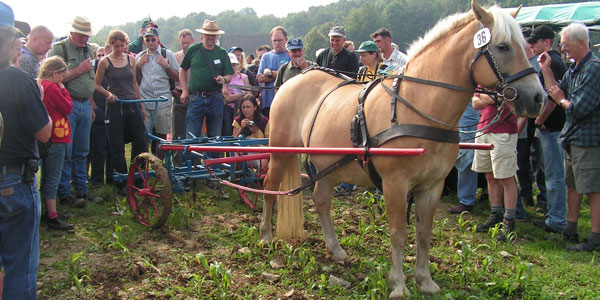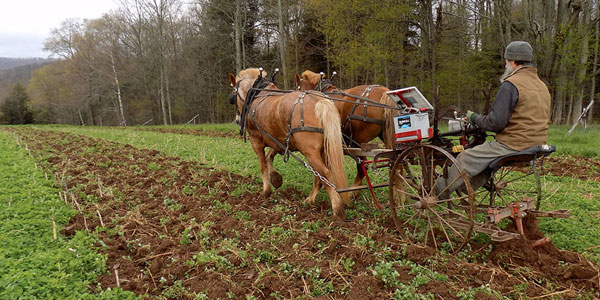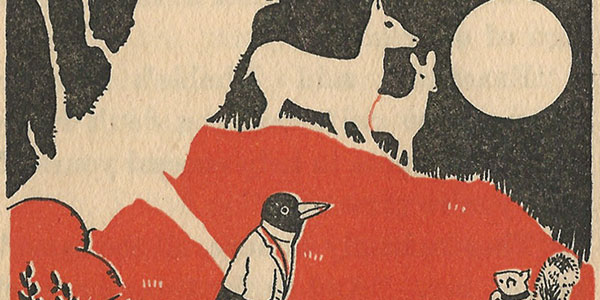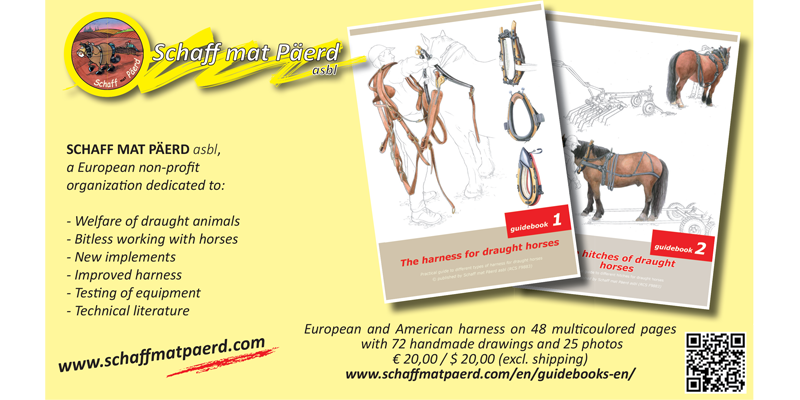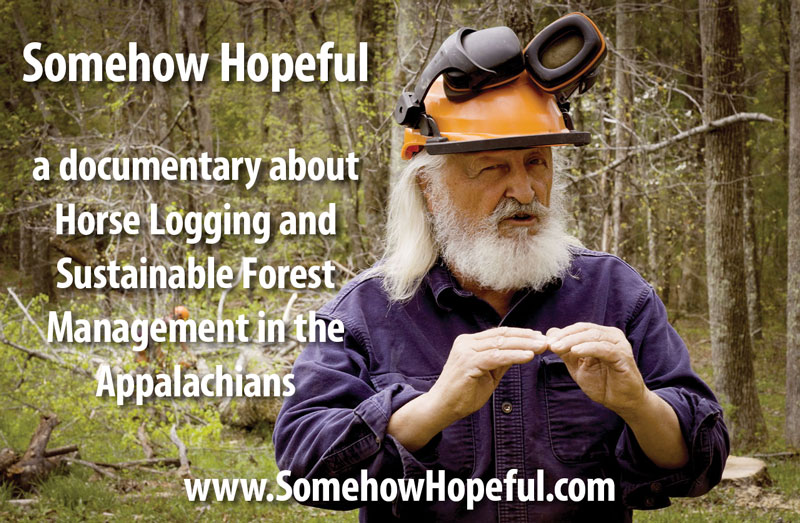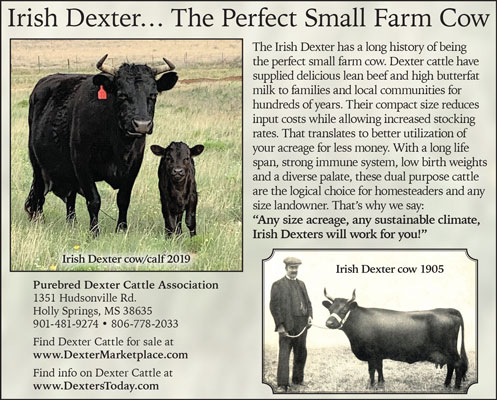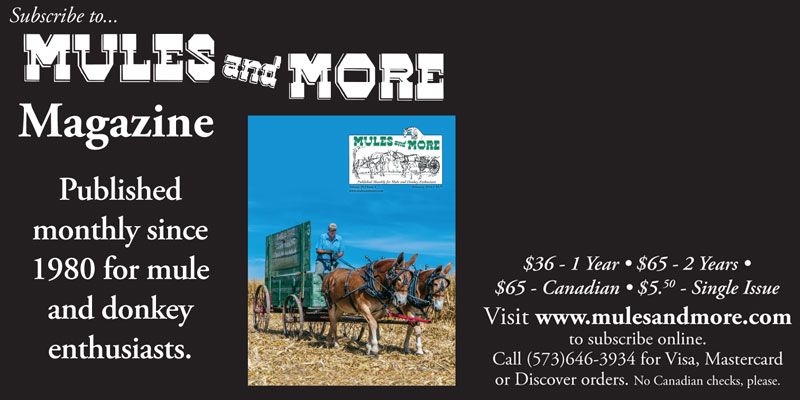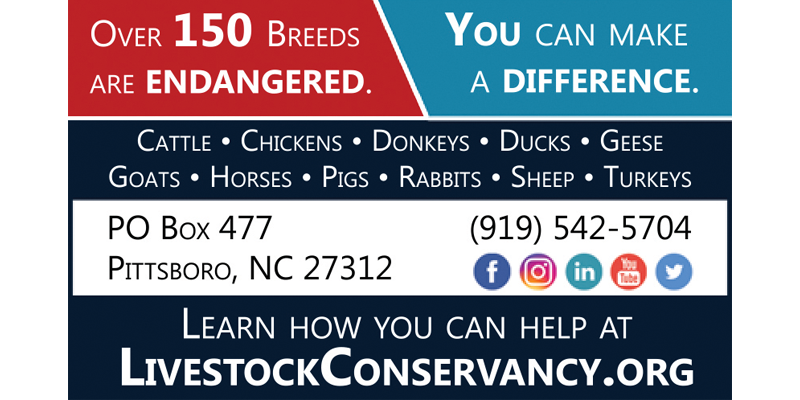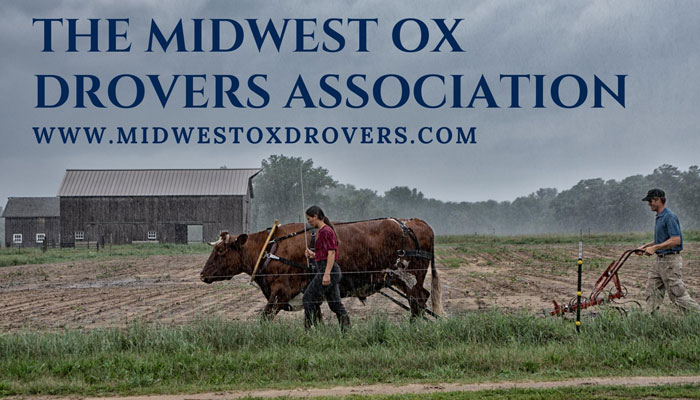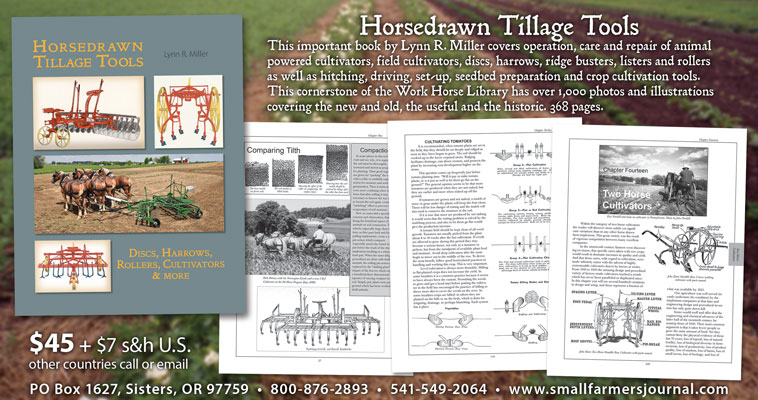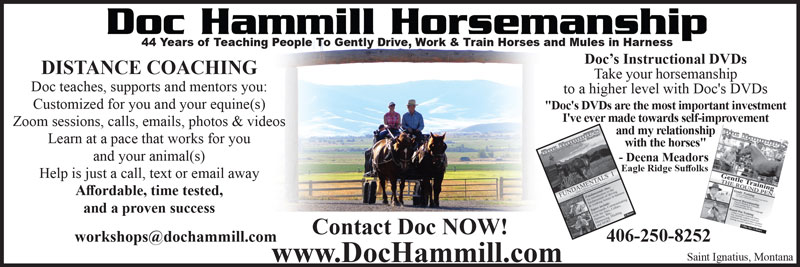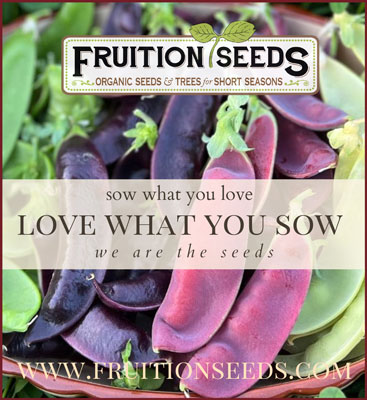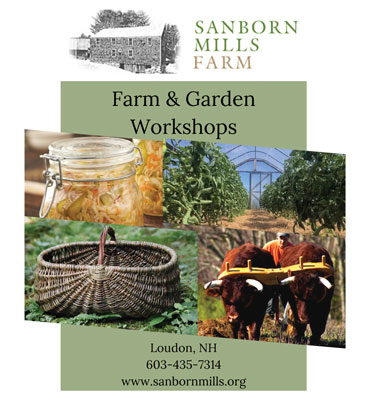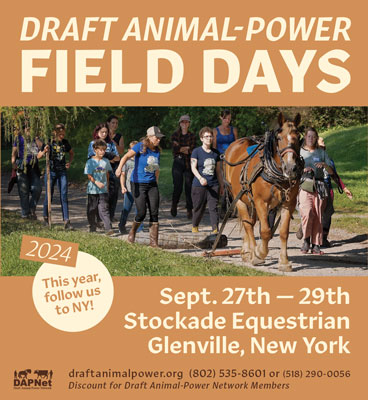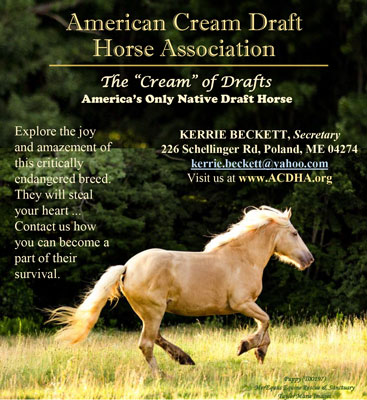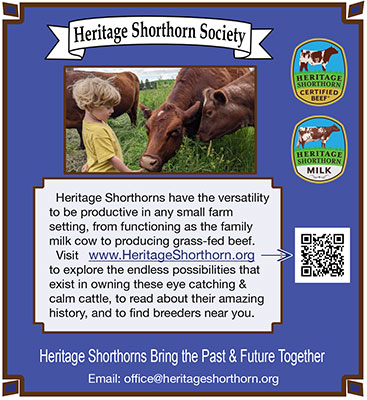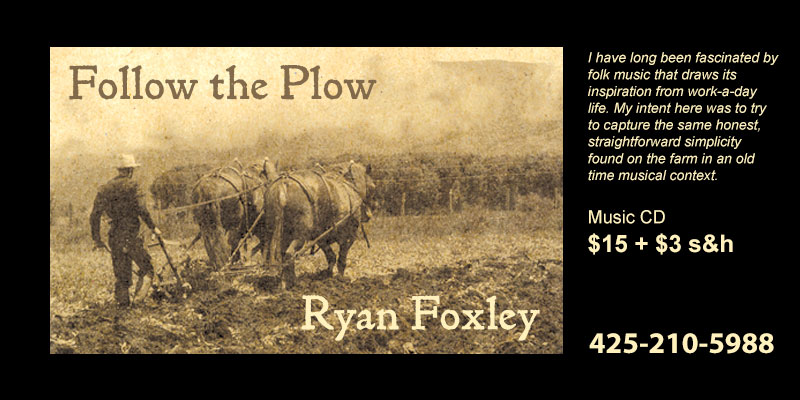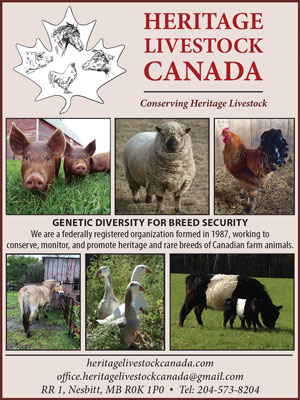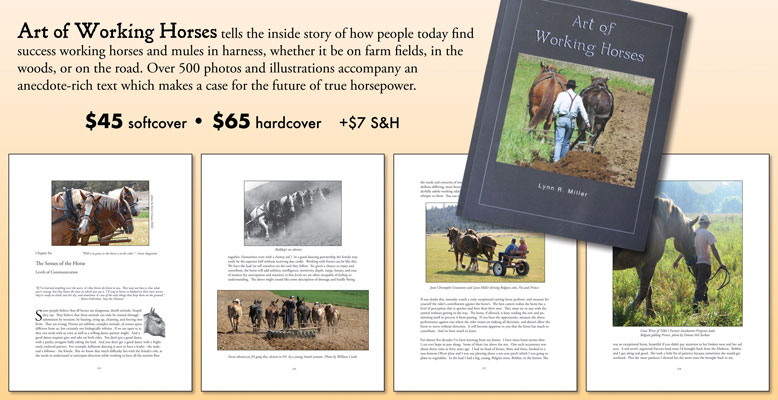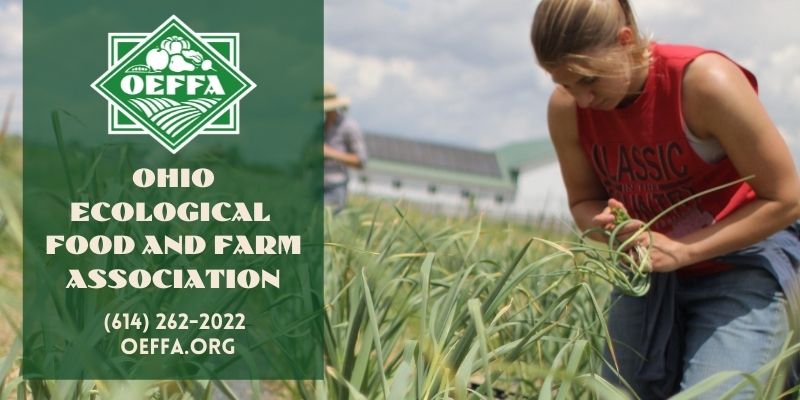MONDAY
April 15, 2024
Ground Driven PTOs
One of the ways tractors both gained and maintained their appeal is from the wider range of machinery they can power with the PTOs they carry. This definitely gave them the advantage over draft power. But is it going to stay that way? It may not have to be on a small farm. During the horsepower road trip Khoke and I went on a couple years ago, we got to see some examples from folks who knew which side of the fence they were on. We saw a number of machines that were reworked and reinvented to make them run off the power source of their choice, namely horsepower.
TUESDAY
April 16, 2024
Headlight Grape
One of the things long desired by Southern fruit growers is a good table grape, sufficiently resistant to leaf and fruit diseases to endure the climatic conditions of their section. Many varieties have been brought forward from time to time; but of the older sorts especially adapted to table use not one, either foreign or native, has yet proved successful over any large area. One of the most promising recent introductions in this field is the Headlight, which was originated by Prof. T.V. Munson, of Denison, TX, in 1895.
WEDNESDAY
April 17, 2024
John Deere Model HH Spreader
Check the adjustments on your spreader and make sure they are in proper operating condition. Hitch your team to the empty spreader to limber it up and see that it is working properly before loading. If you will turn the beaters over by hand before starting to the field, the spreader will start easier and will prevent throwing out a large bunch of manure when starting.
THURSDAY
April 18, 2024
Lost Apples
The mindboggling agricultural plant and animal diversity, at the beginning of the twentieth century, should have been a treasure trove which mankind worked tirelessy to maintain. Such has not been the case. Alas, much has been lost, perhaps forever. Here are images and information on a handful of apple varieties from a valuable hundred year old text in our library.
FRIDAY
April 19, 2024
American Milking Devons and the Flack Family Farm
On a sunny early September day I met Doug Flack at his biodynamic and organic farm, just South of Enosburg Falls. Doug is an American Milking Devon breeder with some of the best uddered and well behaved animals I have seen in the breed. The animals are beautifully integrated into his small and diversified farm. His system of management seems to bring out the best in the animals and his enthusiasm for Devon cattle is contagious.
Are you getting the SFJ Home & Shop Companion?
The Home & Shop Companion is a free weekly email newsletter. It features stories, handy hints, recipes, news, offers, projects, distractions and other stuff we think you’ll find interesting. The entire series is archived here on the website and is free to all to browse: Home & Shop Companion Archive.
SIGN ME UP FOR THE HOME & SHOP COMPANION!
Explore Small Farmer's Journal: Farming Systems & Approaches
How Many Horses?
One of the most frequently asked questions by aspiring teamsters is “how many horses will I need for my farm?” Judging from the following circle letter responses to this very topic, three horses – a team and a spare – would be ideal for a market garden, and four to eight work animals should be sufficient for a livestock operation, where a significant acreage of hay and field crops are harvested.
The Farm Windbreak
Some windbreaks have failed because of the wrong selection of trees or because of the very location of the break. The full benefits of other windbreaks have been delayed many years, although a moderate amount of cultivation and fertilization would have made them serviceable much earlier. There is more to windbreak planting than just manual labor, and that is a carefully made plan which must precede the setting out of the trees.
Rainbow Hill Farm
As Dennis and Sue Mengeling stand on the crest of their 130 acre farm, the land slopes down in all directions. As they look toward the north the Wisconsin River flows to the southwest. To the south is Voss Road and to the west County Road V and in the distance you can again glimpse the Wisconsin River. They look to the west and hope for rain in the next few days. This evening they will walk the perimeter of the farm, checking on fence and the cattle as they do several times a week. The farm was named because rainbows can be seen frequently on the knoll of the farm following a rain shower.
Reconstruction by Way of the Soil Part 4
The word primitive is defined by Annandale’s Concise Dictionary as ‘characterized by the simplicity of the old times.’ The lexicographer, with this definition, hits off with happy ease an exact description of the primitive peoples of this chapter and of the two that follow it. ‘The simplicity of old times’ just fits, for the lexicographer informs us under the word ‘simple’ that it derives ‘from a root meaning one or unity.’ We can now paraphrase our heading of Primitive Farmers, as Farmers characterized by unity. We must do this quickly before going on to read other definitions of ‘simple,’ for we shall find that one of them is ‘easily intelligible,’ and farmers characterized by unity are not a bit easily understood by modern peoples. It is because they have so rarely been understood that so many troubles have come to them from the moderns.
D Acres The Season Begins: Spring comes to Dorchester
Sugar season started a fortnight ago. The sap is flowing slowly, but steadily. Bright sunshine in the afternoons compliments nights well below freezing. With a few feet of snow still on the ground, it would seem that we are in for a long season. I have 112 taps in, with buckets hanging beneath each one. Our sugaring system makes use of strong arms instead of lines of tubing. Sap is stored in drums and buckets next to our simple sugar shack; inside the rickety door liquid gold is boiled down thanks to a rusty evaporator and four pans set atop the flames. Not the most efficient, but certainly effective.
The Old Woodstove
The decision to put in a cook stove was actually not made quite so lightly. We try to minimize our use of fossil fuels if alternative energy sources can be found. For many energy uses, alternatives are readily available, but cooking is a tough issue. However, we all need to cook, and many of our foods don’t have the same nutrition if they aren’t cooked. Many are certainly less palatable. Solar ovens work well under the right temperature and culinary conditions, but early morning is not the right time or place to make granola in one. Solar electricity may be an option, but resistance heating eats up precious solar-produced watts faster than anything.
Cultivating Questions: Grow-Your-Own Mulch Part 2
In the Summer 2008 SFJ we reported on our initial experiment using the fallow field cover crops to generate enough mulch materials for a 380’ row of un-irrigated winter squash. Encouraged by the excellent crop growth and yield despite the dry, hot conditions of 2007, we repeated the experiment the following years, trying to determine the optimum ratio of land in straw producing cover crops to cash crop area. In 2009, we finally got it right: we seeded a 36’ wide strip of rye and medium red clover in September of 2008, then, in April, 2009, we skim plowed a 12’ wide area in the middle of the overwintering cover crops for planting the winter squash.
Chicken Money
A great many small farms across North America keep ten to thirty laying hens for home family supply. Some of those folks might be surprised to discover that with a modest investment they could turn, or grow, that ‘sideline’ into additional farm income – but you need to know that it will take planning, an increase in daily chores, and attention to detail. And of course, to further assure success, it would help if you naturally enjoyed poultry.
Cultivating Questions: Farm Tour Queries
The first year we plowed up four acres of the old hayfields (corresponding to fields 1-8 on the map) and planted oats for the work horses. We also put out about a quarter-acre of medicinal herbs and vegetables to see what would grow well in our area. Digging quackgrass out of these trial crops on our hands and knees convinced us that we needed to use the summer fallow to deal with this perennial weed before committing to a larger acreage of produce.
The Harvest of Grain
When you watch a field of wheat turn from green to golden and wave lightly in the wind, see the shocks lined up in rows as you pass by on the road, watch a load of grain auger into the grain wagon, and then see the cycle begin again. It is beautiful and worth it all.
Raised Bed Gardening
Raised beds may not be right for everyone, and our way is not the only way. I have seen raised beds made from rows of 5’ diameter kiddy pools, and heard of a fellow who collected junk refrigerators from the dump and lined them up on their backs into a rainbow of colored enameled steel raised beds. Even rows of five-gallon pails filled with plants count as raised beds in my estimation. Do it any way you care to, but do it if it’s right for you.
Erosion Controls part 1
It is a common conception that gully control means building check dams, planting trees, plugging gullies with brush, or directly applying to a gully some other individual control measure. This way of thinking focuses attention on devices that stop gullies rather than on ways of farming that prevent gully erosion. A broad, coordinated attack is in general necessary to keep gully erosion under control. A farmer who wishes to keep his fields free from gullies must give first consideration to proper land use and conservation farming on areas that contribute run-off to the gullies.
The Bran Solution?
It is light tan or blond in color; light and flaky in texture; mild in both scent and flavor; all in all quite palatable. In action it has by long tradition been credited with a variety of cures and preventions. And although its popularity as an equine health panacea may be slightly on the wane, many still consider it to be virtually a “cure-all” dietary health aide for humans, according to some nutritionists who advise adding it to all meals. What is this fascinating, all-purpose, apparently healthy substance? Bran – or, the hull covering a cereal grain. It can be milled from corn, rice or whatever, but among horsepeople wheat bran is considered to be the highest in protein and quality.
LittleField Notes: Farm Log
My starting every column with a discussion of the weather set me to thinking about that old clichéd idea of talking about the weather; how it is all old men talk about downtown at the local coffee shop; how they sit for hours telling endless lies about how the snow was deeper, the nights colder and the hills steeper when they were young. However, clichés have basis in truth, and it is true that weather is a wonderful conversation opener.
Small Farmer’s Journal 2003 Teamster’s Roundtable Part 1
I used to have a team of mares, a mother and a daughter, and they weren’t big horses but we worked them on the mowing machine. They got along just fine together but you put them with another horse and they were cranky with that horse. So what we did with them was we turned them all out together and said let’s find out who was boss and then when they established a pecking order then things smoothed out. The other thing that helped was we mowed a lot of hay with them. Whenever you get a few wet collar pads on them, it makes a whole lot of difference in attitude. They figure out there’s something else to do besides pick on each other.
No Starving Children!
You’d never be able to harvest the broccoli or the hay or milk the cows or make the cheese if it were subject to government process. Not only are our industrial farms too big…
Cultivating Questions: Horsedrawn No-Till Garlic
We were inspired to try no-tilling vegetables into cover crops after attending the Groffs’ field day in 1996. No-tilling warm season vegetables has proved problematic at our site due to the mulch of cover crop residues keeping the soil too cool and attracting slugs. We thought that no-tilling garlic into this cover crop of oats and Canadian field peas might be the ticket as garlic seems to appreciate being mulched.
Grasshoppers
Grasshoppers, both young and old, injure crops in but one way, that is, by gnawing and devouring them wholesale, and where very numerous they have been known to consume almost every green thing in sight. Even the bark on the tender twigs of trees is eaten by these ravenous insects, which are known to gnaw the handles of agricultural tools, such as hoes and rakes, in order to secure the salt left upon them by the perspiring hands of the farmer.
Homestead Chicken Management
The chicken McMansion is no ordinary chicken coop. It has a copper-clad sub-floor, hardware cloth lining in the walls and metal roofing to prevent varmints from chewing through. Two large Andersen thermal pane windows in the front wall provide ample light as well as solar gain and protection from the elements in winter. Generous window area in the McMansion means a bright interior, which discourages egg laying on the floor and encourages the chickens to use the cozy, curtained nest boxes. Front and side entrances allow for flexibility in docking with the chicken tractor while two five-foot long roosts and four curtained nest boxes with outside access for egg-gathering top the list of creature comforts.
Yaupon Tea
See our article about CatSpring Yaupon in SFJ Vol. 43 Issue 3.
Planting Calendar and Other Diagrams
From Dusty Shelves: A 1943 calendar for seeding your vegetable garden.
Horse Progress Days 2019 – Weathering Change
This is my third Horse Progress Days, including 2008 in Mount Hope, Ohio, and 2016 in Howe, Indiana. We could note a few trends in a nutshell — how tall draft horses are back, and miniature horses (which are not stocky ponies but perfectly proportioned horses more pleasing to the eye) are being bred to ever more refined and useful conformations. How the current style for most big draft horses is to have their tails severely docked, though the tails of miniature horses are left long. By way of footwear these days there seem to be few of the brightly colored Crocs for the whole family, but gray and black Crocs aplenty. One huge change over three years ago is that here were as many bicycles, with and without baskets and trailers (and some with batteries and motors), as the dark square family buggies drawn by identical lean brown trotters and pacers. Bicyclers include both youthful and older farmers, using this healthy and efficient form of transportation to get around.
Ole’s Log Building and Horse Logging
The students learned to skid in an open field to gain confidence in handling the horses. No one had handled draft horses previously. To start with, when a horse turned his head, the students would jump back. The students learned to drive first, then skid a log in the open. Stakes were set up in different patterns for them to skid a log through. Then they were taken into the bush to learn skidding. One student said, “You don’t expect us to skid a log in there do you?” Ole asked him where he thought he would be skidding logs from. This student became one of the best skidders.
Fjordworks: A History of Wrecks Part 3
Working with horses can and should be safe and fun and profitable. The road to getting there need not be so fraught with danger and catastrophe as ours has been. I hope the telling of our story, in both its disasters and successes will not dissuade but rather inspire would-be teamsters to join the horse-powered ranks and avoid the pitfalls of the un-mentored greenhorn.
Hula Hoops & the Driving Horse
I, like many before me, had just entered that gray foggy area where those more timid, or could it be more experienced, fear to tread. I had a thoroughly terrified horse who had no interest in harness or cart, and many knowledgeable horse people told me I had ruined her forever. To find my way out I would have to reach deep inside both myself and my mare, and in the process discover that no matter what people said, it could be done.
Fjord Horses at Work in the Green Mountains of Vermont
We own a 40 jersey cow herd and sell most of their milk to Cobb Hill Cheese, who makes farmstead cheeses. We have a four-acre market garden, which we cultivate with our team of Fjord horses and which supplies produce to a CSA program, farm stand and whole sale markets. Other members of the community add to the diversity of our farm by raising hay, sheep, chickens, pigs, bees, and berries, and tending the forest and the maple sugar-bush.
Horses & Mules 1938 Feeding Practices
By breeding stock that meets the farmer’s needs, and by developing rations to maintain animals and produce energy at less cost, Experiment Stations have made farm power more economical and efficient. To a large extent, the ability of work stock to meet the challenge of mechanical power is a result of this research.
Sugaring
It’s fascinating to learn how the technology of sugaring is always adapting and reforming the methods and practices from over 200 years ago. However, given all the technological advancements and re-workings, the process is pretty much the same regardless of the industry’s technology. You cut into a sugar maple, put some sort of collection vessel beneath it, and when the warm days and cool nights in late February and early March arrive, the sap flows. You collect, you extract water and this incredible natural ingredient, preserved by its own sugar content, is ready for you to eat.
LittleField Notes: I Raised ‘em All the Same
Ask anyone who has more than one child, and they are sure to tell you that each of their children is unique. You may hear something like, “we raised ’em the same; certainly didn’t treat one any different than the other. So why are they each so different?” So it is also with horses. I have two 2-year-olds born within a week of each other, Frankie and Luna, both sprung from the loins of Donald, yet they couldn’t be more different. I started the two youngsters on the same winter’s morning in the same round corral with the same routine. As of this writing I am working Frankie single, daily feeding cows, hauling hay to the loafing sheds and other odd chores. On the other hand, Luna has yet to calmly pull a single tree dragging a log chain without serious jitters.
Oregon Truffle Industry is Beginning to Bear Fruit
It’s been more than 30 years since the dean of American cooking blessed the Oregon truffle. Yet, still it gets no respect. In 1977, James Beard was part of a symposium called “Mushrooms and Man” in his native Oregon. In front of scientists and mycology (mushroom) experts from across the country, the culinary icon declared Oregon truffles to be the equal of their expensive, exquisite European cousins – the ones that can sell for up to $2,000 a pound. State fungus cognoscenti mark Beard’s statement as the beginning of Oregon’s commercial truffle industry. In the succeeding decades, however, it’s had trouble taking root.
Hotbeds
A good deal of the success with hotbeds is due to the careful selection of the manure. Cold manure, like that of cows and pigs, should never be used because it will not heat. Horse manure is best, but in this case at least one-third of the bulk should be straw. If pure manure is used, it will pack too tightly when firmed, so that it will not heat. If possible, the manure from grain-fed, straw-bedded horses should be used.
Ruby and Amber’s Organic Oasis
The photos are of our farm, located in Dorena, Oregon. We have about 35 acres and grow certified organic vegetables, cut flowers, and plants, which we sell at the Eugene / Lane Co. Farmer’s Market and in our community supported agriculture program. In any one-year, we have about 2 – 3 acres in intensive production, the rest in cover crops, pasture, wild lands, etc. Although we have and use a tractor, we are doing most of the work with Ruby and Amber, our beautiful and willing mares who are both patient and forgiving with us.
Fjordworks: Primary Tillage at Cedar Mountain Farm Part 3
After plowing and then spreading the fields with compost, the next step in our method of primary tillage is to roll out the disc-harrows. The disc harrows have traditionally followed the plow because they do an excellent job of breaking up any clods and of further turning and incorporating any surface trash that might not have been fully turned by the moldboard. The weight of the disc also has a leveling effect on the soil in preparation for seeding.
New York Organic Grazing Dairy
Our farm, here in the center of New York State, consists of 101 acres, about 90 in grass, the rest some woods and swamp. It is inhabited by forty-six jersey cows, twelve breeding ace heifers, one bull, and because it is calving season — an increasing number of calves. Also, four Belgian mares and a couple of buggy horses. Last, and possibly least — the farmer, farmer’s wife, and five grown children.
A Life Apart and Whole
That period of winter solitude in the Salmon River canyon is treasured by the handful of year around residents as well as a needed reprieve for the local outfitters and guest ranches in Idaho’s back country. After a full year of guiding, guesting, gardening & going, we cram all the weekends we missed throughout the year into a lump of liquid days… and call it ‘January.’ Greg and I celebrate that gift of time to pamper ourselves in pleasurable pursuits and creature comforts. In between reading great books, journaling and crafts, Greg and I can be found working on the next years’ firewood supply, repairing and oiling the tack, and cracking walnuts that river friends supply us with. The rhythm of these placid weeks are savored, giving further reason to be grateful for the opportunity to live where the wind is your only neighbor.
An Introduction To Farm Woodlands
The farm woodland is that portion of the farm which either never was cleared for tillage or pasture, or was later given back to woods growth. Thus it occupies land that never was considered suitable, or later proved unsuitable, for farm enterprises.
Organic: To Be or Not To Be
How do our customers know that we’re accurately representing our products? That’s the key, the reason that a third party verification system was created, right? I think this is the beauty of a smaller-scale, community-based direct market food system. During parts of the year, my customers drive past my sheep on their way to the farmers’ market. At all times of the year, we welcome visitors to our farm. In other words, our production practices are entirely open for our customers to see.
letter from a small corner of far away
Looking back at the garden after seven months of the growing season, the time seems to have whizzed by, the hopes and expectations of March and April have been made, worked upon and revised, and now they have either been achieved or disappointed. Most years I keep a gardening/farming diary, usually the bare bones of sowing and planting dates, haying notes and veterinary treatments, and it is always a useful reference for the future, but whenever I have written more I never regret the extra detail. Last year however, I was too busy and preoccupied to write anything down and had to rely instead on the empty seed packets as a guide to what I grew, but this year of course I have these letters as reference, so next year it can’t fail to be great! Can it?
Insect Images from Brehm’s Animal Life 1860
Insect Images from Brehm’s Animal Life 1860
O Where, O Where have the Honeybees Gone?
Hundreds of new chemicals are released every year in the U.S., most of them with little testing. Furthermore, some chemicals that do get tested are tested by the company that manufactures them, in biased and unscientific conditions. Researchers on the subject of CCD are still combing through lists of newly released chemicals pertaining to agriculture, attempting to find ones that are used in countries that have CCD, but are banned in Canada, Mexico, France, and Italy. This type of research is more difficult than it might sound, because there is no one comprehensive list of all these chemicals.
Henpecked Compost and U-Mix Potting Soil
We have hesitated to go public with our potting mix, not because the formula is top secret, but because our greenhouse experience is limited in years and scale. Nevertheless, we would like to offer what we have learned in hopes of showing that something as seemingly insignificant as putting together a potting mix can be integrated into a systems approach to farming.
The Edible Schoolyard
The family meal has undergone a steady devaluation from its one time role at the center of human life, when it was the daily enactment of shared necessity and ritualized cooperation. Today, as never before in history, the meals of children are likely to have been cooked by strangers, to consist of highly processed foods that are produced far away, and are likely to be taken casually, greedily, in haste, and, all too often, alone.
The First Year
Prior to last year, I had felt I knew the nuances of the land quite well and fancied myself as knowledgeable about the course of the natural world. Outdoors was where I felt the most comfortable. The fresh air and endless views of fields, hills and valleys renewed my spirit and refreshed my mind. I didn’t think there was much that could fluster me when it came to the land. Until I became an organic farmer.
Saving Seed for a Seed Company
Ever wonder where all that seed comes from when you place your midwinter seed orders? Many seed companies (as in retail seed catalogs) buy at least some of the seed they offer from commercial seed growers who have a highly mechanized operation. This allows us to have inexpensive seed that is widely available. A lot of these catalogs also contract small farm growers to provide those hard-to-find specialty seeds we all love. There are also seed companies who do all their own grow-outs for the seed they offer. All these companies will also run seed trials to test the qualities of new varieties they want to offer.
Useful Birds
Whether a bird is beneficial or injurious depends almost entirely upon what it eats. Birds are often accused of eating this or that product of cultivation, when an examination of the stomachs shows the accusation to be unfounded. Accordingly, the Biological Survey has conducted for some years past a systematic investigation of the food of those species which are most common about the farm and garden.
Reconstruction by Way of the Soil Part 1
When man does not interfere and the soil is left to itself, it does not fail. Through it everything that has passed from a state of life is restored again to a state of life; nothing fails or is lost. In the philosophy of modern science, however, the seeds that life scattered upon the ground and do not fructify are stigmatized as failures, but those that grow into plants are dubbed the fittest, because they survive and expand into plants. Yet the other seeds survive no less; they re-enter cycles of life by other paths. Each has its place without which the whole is incomplete. Each has its place in a creative cycle, each passes from soil to plant and then, in many cases, to animal, and, after an interlude of death, returns to the creative realm of soil.
Agri-Tourism: Farm Visitors Can Be Your Key to Success
Increasing numbers of family farms are unlocking sustainable income through Agri-tourism. These events bring visitors to tour working farms. Not only do your guests enjoy a day in the outdoors, but they go home with a new understanding of life and work on a small farm. At the end of the day Ag-tourists go home with bags, boxes and buckets of delicious home-grown delights, perhaps picked with their own hands. Agri-tourism events are in high demand all around the country. This growing industry provides good reasons for you to consider an agri-tourism project for your small farm.
Plowing with a Draft Horse Part 2: Harrowing and Seeding
Success in getting a satisfactory planting of a field crop will depend on two factors: achievement of a loose, smooth seedbed, and the care with which you set up and gauge the planting machinery. I will discuss both of these factors in this article. The only exception to this rule is if you are a “no till” farmer and control weeds completely with herbicides. This point may be academic however, because I don’t know of any horse farmers who are “no till” farmers!
Summer Work
The demands of summer on the farm often stretch us to our limits. Haying, gardening, preserving, machinery breakdowns, visitors – at times there seems to be no end to the ocean of work and unexpected obstacles. And if this farming life is new to you, and you are having to be responsible for tasks you are still mastering, it can be overwhelming. While it’s not possible to avert very long and tiring days with a variety of things going awry, it is possible and advisable to develop a system of order and preparedness which will carry you through even the most challenging of days.
Going STIR Crazy
A big focus of tillage for our dryland market garden is improving rainfall infiltration and moisture retention. Beginning with skim plowing in the early 80’s, we have added a half dozen shallow tillage practices to maintain moisture conserving residues in the top of the soil. Recently, we were introduced to an objective method for measuring and comparing these moisture preserving practices, thanks to joining the Soil Health Benchmark Study conducted by the Pennsylvania Association for Sustainable Agriculture. One of the benchmarks for this research project, which includes over 60 vegetable, grain and dairy farms, is tillage intensity. This numerical index is based on the Soil Tillage Intensity Ratings developed by the Natural Resources Conservation Service.




